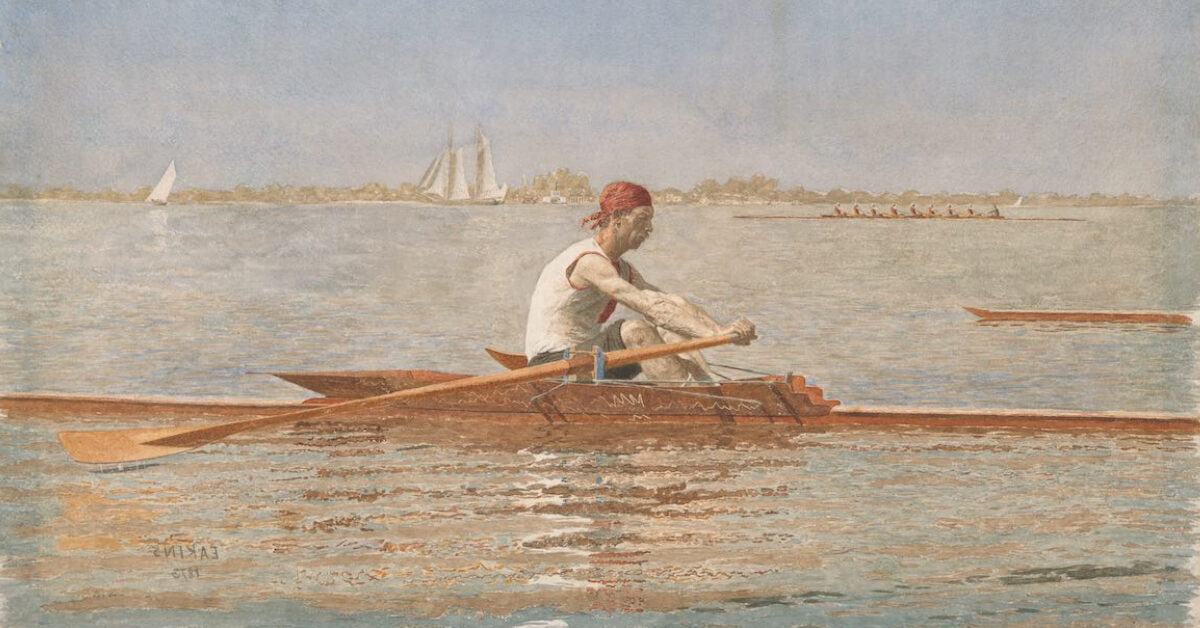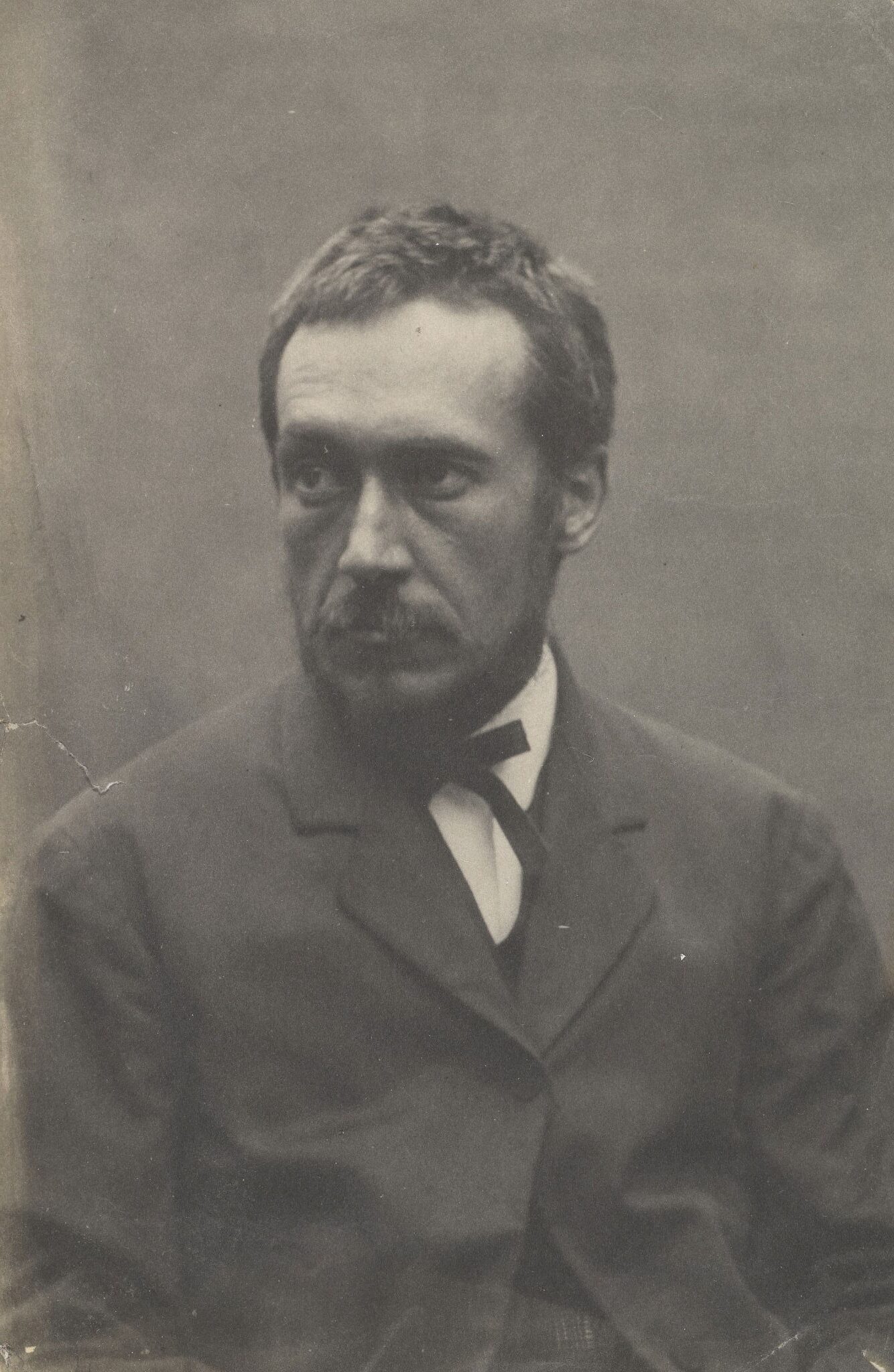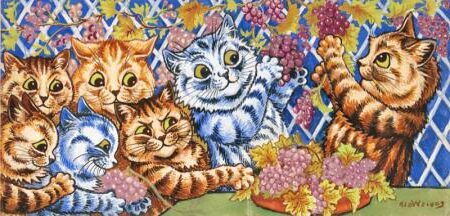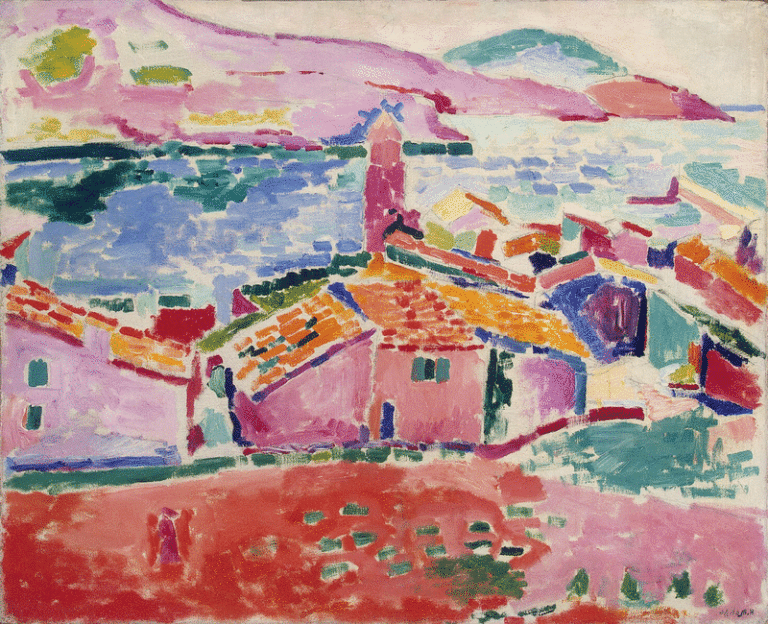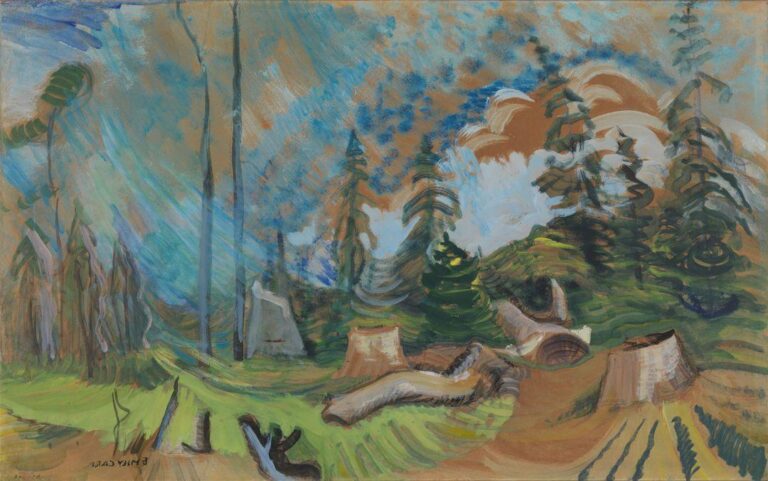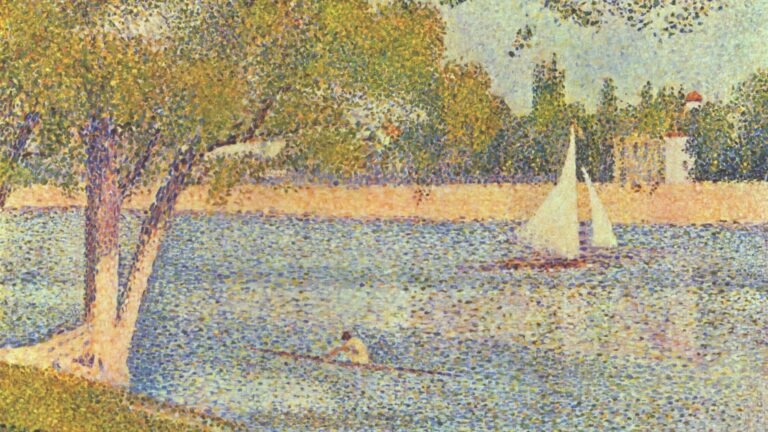Thomas Eakins: Painter Who Revolutionized American Realism in the 19th Century
Born: July 25, 1844, Philadelphia, Pennsylvania, U.S.
Death: June 25, 1916, Philadelphia, Pennsylvania, U.S.
Art Movement: Realism
Nationality: American
Teachers: Jean-Léon Gérôme and Léon Bonnat
Institution: Pennsylvania Academy of the Fine Arts and École des Beaux-Arts
Thomas Eakins: Painter Who Revolutionized American Realism in the 19th Century
Life and Education of Thomas Eakins
Thomas Eakins (1844-1916) developed his artistic style through rigorous study of anatomy and unwavering commitment to realism. His education and life experiences shaped him into one of America’s most significant painters, known for his truthful portrayals of people and scenes.
Early Life and Family Background
Thomas Cowperthwait Eakins was born on July 25, 1844, in Philadelphia, Pennsylvania. He grew up in a family that valued education and practical skills.
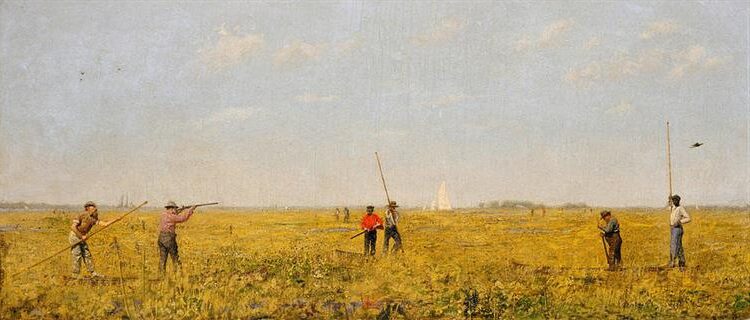
Pushing for Rail, 1874, by Thomas Eakins
His father, Benjamin Eakins, worked as a writing teacher and calligrapher who encouraged Thomas’s artistic interests from an early age. This supportive environment allowed young Thomas to develop his observational skills.
The Eakins household emphasized intellectual pursuits and craftsmanship. These values would later influence Thomas’s meticulous approach to painting and his belief in understanding the underlying structures of his subjects.
Thomas showed early talent in precise drawing and developed interests in outdoor activities like swimming, sailing, and hunting. These activities later became subjects in many of his paintings.
Formal Education and European Studies
Eakins graduated from Philadelphia’s Central High School in 1861 with a strong foundation in arts and sciences. He then enrolled at the Pennsylvania Academy of the Fine Arts, where he focused on drawing and anatomy.
Seeking more rigorous training, Eakins traveled to Europe in 1866. He studied at the École des Beaux-Arts in Paris under Jean-Léon Gérôme, a renowned academic painter who emphasized technical precision.
During his European studies (1866-1870), Eakins also traveled to Spain, where he admired the works of Velázquez and other Spanish masters. Their realistic approach deeply influenced his artistic development.
Unlike many American artists of his time, Eakins showed little interest in the popular Impressionist movement. Instead, he focused on mastering anatomy through studies at medical schools in Paris, developing the scientific approach that would define his work.
Teaching Career and Influence
Upon returning to Philadelphia in 1870, Eakins began teaching at the Pennsylvania Academy of the Fine Arts. By 1876, he became a professor and later the director of the school.
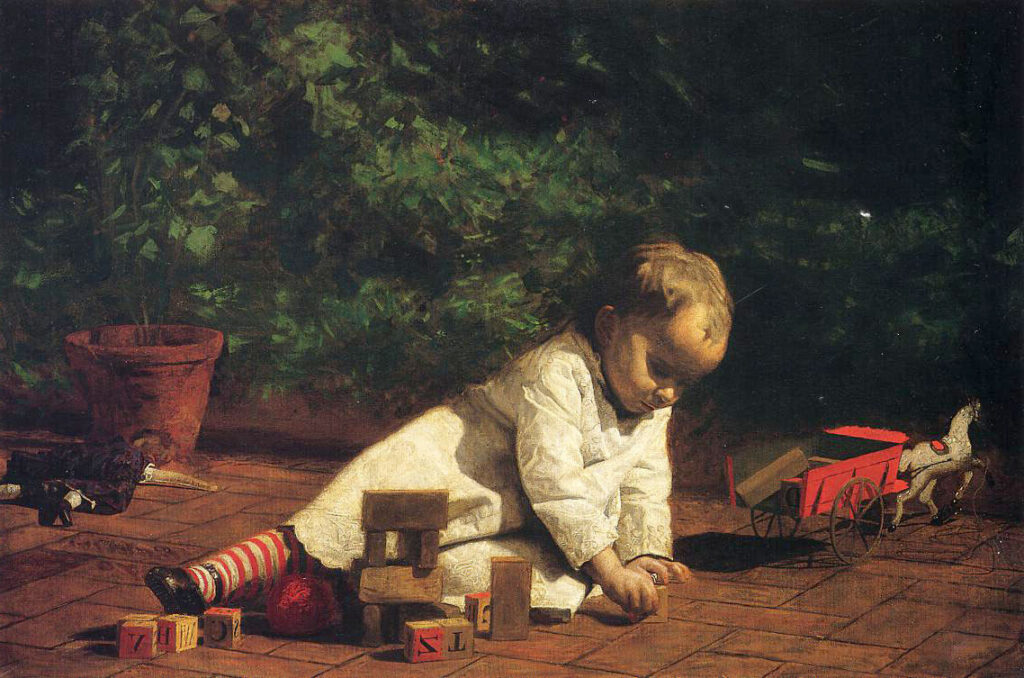
Baby at Play, 1876, by Thomas Eakins
Eakins revolutionized art education by emphasizing anatomical study. He introduced controversial teaching methods, including the use of nude models (both male and female) and dissection studies, which were radical for the time.
His teaching philosophy centered on understanding the human form completely before attempting to paint it. This approach produced many talented students but also led to controversy.
In 1886, Eakins was forced to resign from the Academy after removing a loincloth from a male model in a class that included female students. Despite this setback, he continued teaching at other institutions, including the Art Students League of Philadelphia.
Artistic Style and Techniques
Thomas Eakins developed a distinctive artistic approach characterized by unwavering realism and technical precision. His work revolutionized American painting through methodical processes and an uncompromising dedication to anatomical accuracy.
Realism and Attention to Detail
Eakins established himself as America’s greatest realist painter through his commitment to depicting the human figure with absolute accuracy. He rejected idealized or romantic representations in favor of truthful portrayals of his subjects.

Wrestlers, 1899, by Thomas Eakins
His paintings feature meticulous attention to anatomical correctness, informed by his studies at Jefferson Medical College where he attended surgical demonstrations. This medical knowledge translated into remarkably precise human figures in his work.
Eakins’ realism extended to his environmental depictions as well. He captured the essence of everyday American life through careful observation, whether painting sporting scenes, portraits, or medical procedures.
Use of Photography in Painting
Eakins embraced photography as an essential tool for his artistic process, integrating it with traditional painting techniques in innovative ways. He extensively photographed his subjects before painting them, using these images as references for accurate proportions and lighting.
His photographic studies allowed him to capture momentary poses and expressions that might be difficult to maintain during long painting sessions. This approach enhanced the naturalism in his work.
Eakins’ understanding of photography influenced his compositional choices. He often created multiple photographic studies from different angles before determining the most effective viewpoint for his paintings.
Innovations in American Art
Eakins revolutionized American painting by introducing scientific methodology to artistic practice. His approach combined academic training with empirical observation, challenging the sentimental and idealistic trends of his contemporaries.
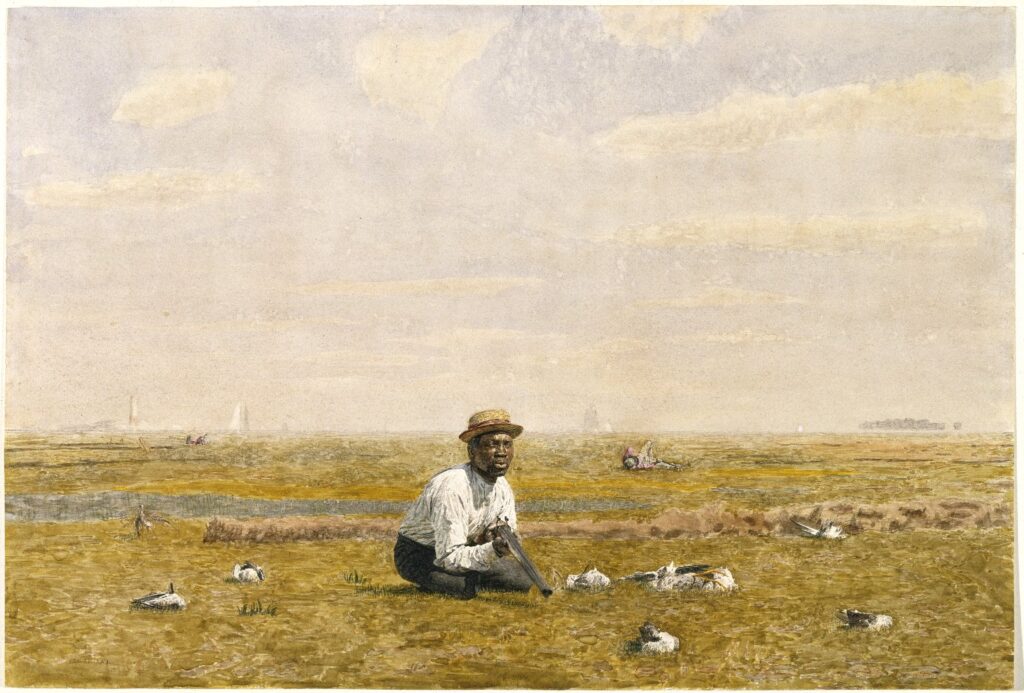
Whistling for Plover, 1874, by Thomas Eakins
His watercolors demonstrated the same careful execution as his oils, building images through countless small, precise brushstrokes. This technical rigor established new standards for American artists.
Eakins’ teaching methods at the Pennsylvania Academy of Fine Arts were equally innovative. He insisted students understand anatomy thoroughly, even conducting dissections as part of their artistic education.
Despite facing controversy for his uncompromising methods, Eakins’ influence transformed American art education and established realism as a legitimate artistic approach in the United States.
Major Works and Legacy
Thomas Eakins left an indelible mark on American art through his masterful realist paintings. His dedication to anatomical precision and unflinching portrayal of his subjects established him as one of America’s most important artists.
Notable Paintings
“The Gross Clinic” (1875) stands as Eakins’ most celebrated work. This painting depicts Dr. Samuel Gross performing surgery before medical students. Its unflinching realism shocked viewers but showcased Eakins’ technical mastery.
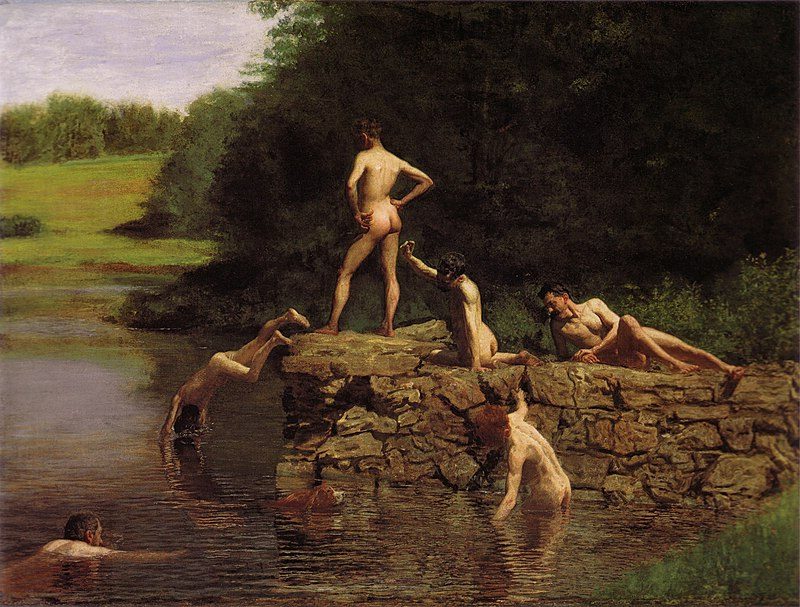
The Swimming Hole, 1884–85, by Thomas Eakins
“The Swimming Hole” (1884-85) features nude male figures in a natural setting, demonstrating his interest in the human form and anatomical accuracy. This work reflects his scientific approach to artistic representation.
His rowing scenes, including “Max Schmitt in a Single Scull” (1871), captured the sporting culture of Philadelphia while displaying his understanding of movement and perspective.
Eakins produced numerous portraits throughout his career. His portrait of Walt Whitman (1887-88) is particularly notable for its psychological depth and honest representation of the aging poet.
Impact on American Art
Eakins revolutionized American art education by emphasizing anatomical study and working from live models. As an instructor at the Pennsylvania Academy of Fine Arts, he introduced methods that broke with traditional approaches.
His insistence on scientific accuracy and rejection of sentimentality influenced generations of artists. Eakins championed realism during a time when idealized representations were still common in American art.
His use of photography as a tool for artistic study was innovative. Eakins employed photographs to capture anatomy and movement accurately, integrating this modern technology into his artistic process.
Despite facing controversy during his lifetime, his unwavering commitment to honest representation established a foundation for American realism that continues to influence artists today.
Recognition and Posthumous Fame
During his lifetime, Eakins experienced limited commercial success and faced criticism for his uncompromising realism. His dismissal from the Pennsylvania Academy of Fine Arts in 1886 damaged his reputation temporarily.

The Biglin Brothers Racing, 1873, by Thomas Eakins
Recognition of Eakins’ genius grew significantly after his death in 1916. Major museums began acquiring his works, acknowledging their importance to American art history.
Today, his paintings command prominent positions in prestigious institutions including the Metropolitan Museum of Art and the Philadelphia Museum of Art. The latter holds the largest collection of his works.
Art historians now regard Eakins as one of America’s greatest painters. His technical mastery, psychological insight, and dedication to truth have secured his place as a pivotal figure in the development of American realism.
Frequently Asked Questions
Thomas Eakins tackled many important questions through his artistic career. His life, style, and contributions continue to intrigue art historians and enthusiasts alike.
What subjects did Thomas Eakins prefer to depict in his paintings?
Thomas Eakins preferred to paint realistic scenes from everyday American life. He became known for his sporting scenes, particularly rowers on Philadelphia’s Schuylkill River.
His painting subjects often included boxers, swimmers, and other athletes in motion. These were unconventional choices in American art during his time.
Eakins also created numerous portraits, especially of his friends, family members, and notable figures in Philadelphia society. He approached these subjects with the same unflinching realism he applied to all his work.
Can you describe Thomas Eakins’ personal life and influences?
Born in 1844 in Philadelphia, Thomas Eakins was the only son among four children of Benjamin Eakins and Caroline Cowperthwait. His upbringing in Philadelphia shaped his artistic vision throughout his life.
Eakins studied in Europe, particularly in Paris under Jean-Léon Gérôme. This training influenced his technical approach, though he developed a distinctly American style.
His marriage to Susan Macdowell, a former student and fellow artist, provided personal support. However, his career faced challenges due to controversial teaching methods and his insistence on anatomical accuracy.
What were the circumstances surrounding Thomas Eakins’ death?
Thomas Eakins died on June 25, 1916, at the age of 71. His later years were marked by declining health and limited recognition for his artistic contributions.
Eakins suffered from kidney trouble in his final years. Despite his current reputation as a master American painter, he died without achieving the full recognition his work deserved.
After his death, his widow Susan preserved his legacy by donating many of his works to museums.
In what ways did Thomas Eakins contribute to the world of art?
Eakins revolutionized American art education through his teaching at the Pennsylvania Academy of the Fine Arts. He emphasized the study of anatomy and working from live models.
His technical innovations included the use of photography as a tool for understanding movement and form. This scientific approach to art influenced generations of American painters.
Eakins elevated American Realism to new heights through his unflinching honesty and technical mastery. His refusal to idealize subjects challenged the artistic conventions of his time.
What distinguishes Thomas Eakins’ painting style from his contemporaries?
Eakins’ commitment to resolute Realism set him apart from contemporaries who favored more romantic or idealized representations. He rejected sentimentality in favor of truth.
His paintings display exceptional technical precision, particularly in depicting human anatomy. This scientific accuracy came from his extensive studies of anatomy and his use of photography.
While other American artists of his era might beautify their subjects, Eakins insisted on portraying people and scenes exactly as they appeared. This uncompromising approach sometimes shocked viewers.
How did Thomas Eakins integrate photography into his artistic process?
Eakins embraced photography as both an artistic medium and a tool for his painting practice. He used photographs to study human and animal movement with scientific precision.
His photographic studies allowed him to capture and analyze fleeting moments of motion. These studies directly informed his paintings of athletes, particularly rowers and swimmers.
Eakins experimented with multiple-exposure photography to document movement sequences. This technique helped him understand and accurately depict the human body in motion.

